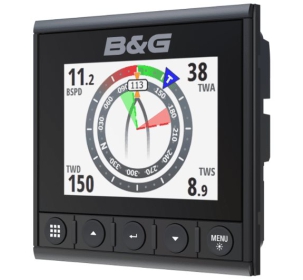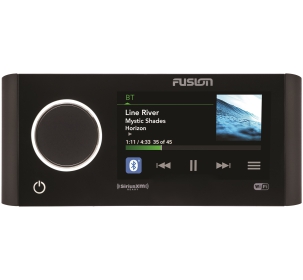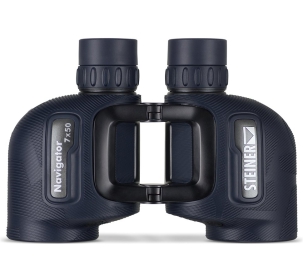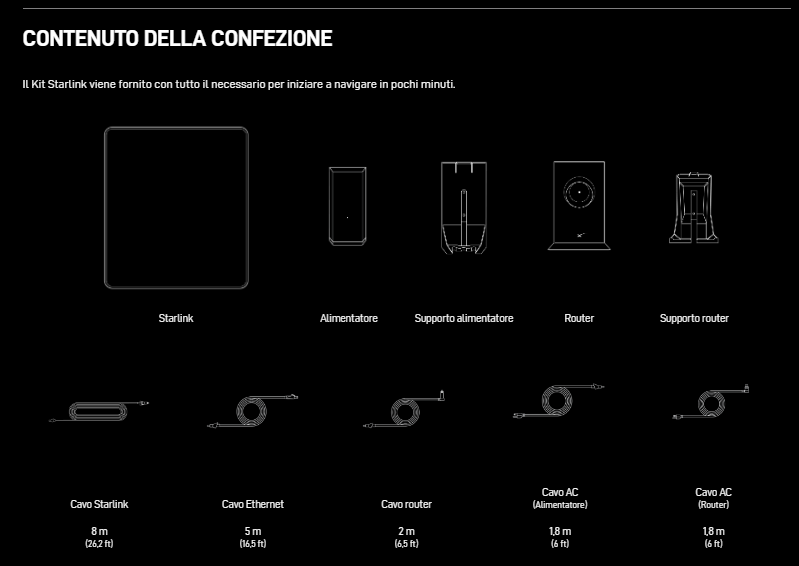D. buongiorno
volevo chiedervi il prezzo del kit completo star link, residenziale.grazie
R. 16-09-24<br />
Buongiorno, spiacente, purtroppo trattiamo solo quelle per il mercato nautico.<br />
Cordiali saluti.<br />
Luigi Bianchi
D. Vi chiedo un offerta satellitare FLAT hight performance grazie
R. 10-06-24<br />
Buonasera, prezzo per l'antenna in oggetto, 3.890,00 euro.<br />
Cordiali saluti.<br />
Luigi Bianchi
D. pls make me an offer for the star link
R. 03-05-24<br />
Dear Mr. Talbi, the price of the antenna for shipping to Italy is 3,890.00 euros.<br />
Best regards.<br />
D. Buongiorno, sarei interessato all'acquisto per istallarla sulla mia imbarcazione. Grazie
R. Buongiorno Sig Sergio,<br />
Puo' procedere con l'acquisto direttamente sul nostro store mettendo l'articolo nel carrello . Per quanto riguarda l'attivazione ci possiamo sentire al telefono <br />
3488722772 Marco <br />
Ci sono tre piani possibili per il marine <br />
le invio anche una descrizione del sistema a questo link sotto <br />
https://www.dropbox.com/scl/fi/giax2ni9xrzvjfx4q2cn4/ANNTENNA-STARLINK-HIGHT-PERFORMANCE.docx?rlkey=rbd0oiwdgrry84wi9u1wb3nik&dl=0<br />
che potra' aiutare nella scelta.<br />
Cordiali saluti<br />
Painestore




























